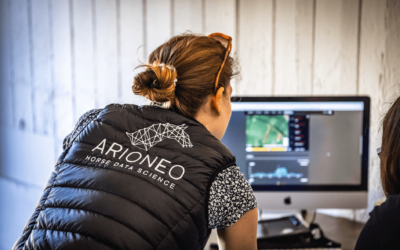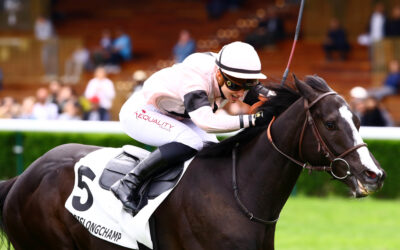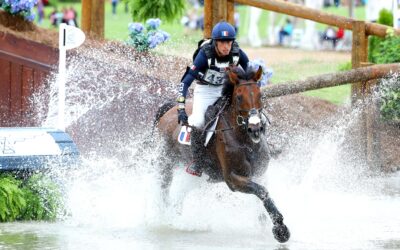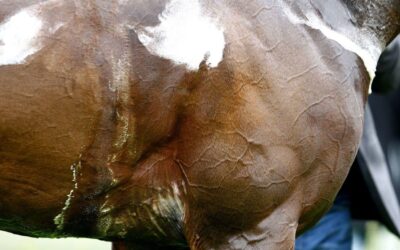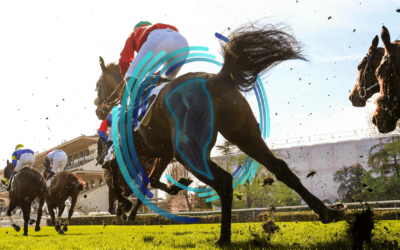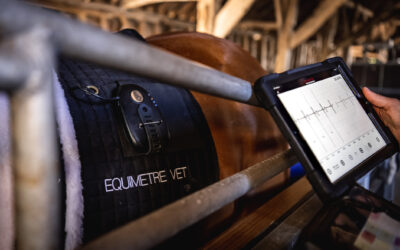EXPLORE
OUR BLOG
Here you will find information about performance and health measurements as well as tips about athlete horse health monitoring, telemedicine cases and equine well-being.

Subscribe to our newsletter
LATEST ARTICLES
ALL ARTICLES
Horse rehabilitation protocol: data-driven adaptation
The rehabilitation protocol is an integral part of a sport horse’s life, as it is exposed to many physical and athletic efforts. These demands sometimes result in injuries affecting health, well-being and performance. Treatment must then be provided, requiring a rehabilitation protocol to optimize the horse’s return to work.
Personalised support: Arioneo’s Data Success Manager
Today, data plays an essential role in making informed business decisions. Companies collect and generate massive amounts of data, but transforming that data into actionable insights and tangible results is often a major challenge. That’s where Data Success Managers (DSMs) come in – professionals who are in control of the data and responsible for maximising its value.
Muscular contractures in athletic horses: management and prevention through technology
Muscle contractures in sport horses are a major concern for owners and equine health professionals. These muscle problems can have a significant impact on a horse’s sporting performance and well-being.
However, thanks to advances in equine health technology, we now have innovative solutions to better manage and prevent muscle contractures.
Sport horse health monitoring: where to start?
The health of the sport horse can be compared to that of a top level human athlete, which requires medical monitoring and adapted sports training. The implementation of good practices prior to the horse’s physical training is an essential step, which is then followed by a follow-up of its work.
Exercise ECG: how and why work with it?
Exercise ECG is an examination that records the electrical activity of the heart during training. It allows the analyse and control of the horse’s heart rhythm through an electrical curve of the heart activity. Often used at rest, it allows different analyses to be made during exercise, enabling a more accurate diagnosis.
Polysaccharide storage myopathies – or PSSMs
Polysaccharide storage myopathies – or PSSMs – are rare but serious equine metabolic disorders. They are caused by an abnormal accumulation of glycogen, a complex sugar that serves as an energy source for muscle cells.
This build-up can have serious consequences for horses’ health, including as muscular weakening, discomfort, cramps, rapid weariness, and even damage to muscles.
Horse warm-up: what are the best practices?
The horse’s warm-up is an important part of the training process that should not be skipped. To discover its partner, understand its thinking, but most importantly, get it in shape, find the best methods to succeed in its relaxation.
Muscular disorders in athletic horses
Horse muscular disorders can have serious consequences for both health and performance. Muscles are necessary for movement, balance, and stability, and any muscular loss or dysfunction can result in a deterioration in the horse’s performance and living conditions.
Cardiac pathologies in athletic horses
The cardiovascular system of the horse is remarkable. However, it can be subject to various cardiac pathologies. How does the heart work? What are its components?
.
